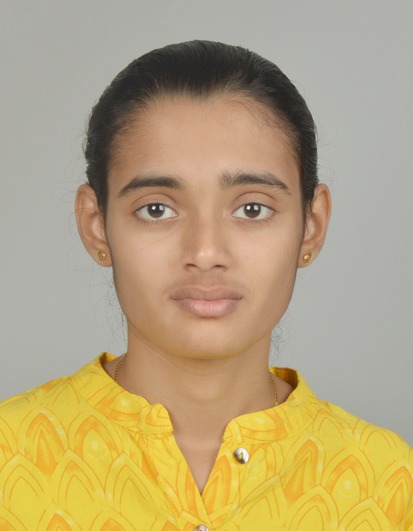How are treatment protocols different for pediatric brain tumors
Treatment protocols for pediatric brain tumors differ from those for adults in several key ways, reflecting the distinct biological behavior of these tumors in children, their developmental stage, and the long-term impact of treatment on a growing child. Here’s an overview of how treatment approaches vary:
1. Tumor Types and Biological Behavior
- Common Tumors: Pediatric brain tumors often include medulloblastomas, ependymomas, pilocytic astrocytomas, and germ cell tumors. These tumors can have different growth patterns, genetic mutations, and responses to treatment compared to adult brain tumors.
- Aggressiveness: Some pediatric tumors are more aggressive and require different treatment strategies compared to their adult counterparts. For example, medulloblastomas are typically more aggressive in children and may require more intensive treatment.
2. Treatment Protocols
- Surgery: Surgical resection is often a critical first step. In children, surgeons must balance the need for tumor removal with the preservation of neurodevelopmental functions. Techniques are chosen to minimize long-term effects on cognitive and motor development.
- Radiation Therapy:
- Age Considerations: Radiation therapy is used cautiously in young children due to the risk of long-term side effects, such as cognitive impairments and growth issues. For very young children, alternatives like chemotherapy or proton therapy may be preferred to avoid or delay radiation.
- Proton Therapy: Proton beam therapy is increasingly used in pediatric cases to reduce radiation exposure to healthy tissues and organs.
- Chemotherapy:
- Intensity and Regimens: Pediatric protocols often involve higher doses and more intense regimens compared to adult protocols, due to the differing biology and responsiveness of pediatric tumors.
- Combination Therapy: Multi-agent chemotherapy regimens are common and may include agents such as cisplatin, carboplatin, etoposide, and vincristine.
- Targeted Therapy and Immunotherapy:
- Emerging Therapies: Pediatric brain tumor treatments increasingly include targeted therapies and immunotherapies. Clinical trials often focus on identifying effective treatments specific to pediatric tumor genetics and biology.
3. Long-Term Considerations
- Developmental Impact: Treatments are carefully planned to minimize long-term developmental and cognitive impacts. This involves choosing therapies that reduce the risk of neurocognitive deficits and other late effects.
- Survivorship Care: Pediatric brain tumor survivors require long-term follow-up to monitor for late effects such as endocrine problems, learning disabilities, and second cancers. Survivorship care plans are tailored to address these potential issues.
4. Supportive Care and Rehabilitation
- Rehabilitation Services: Pediatric patients often require extensive rehabilitation services, including physical therapy, occupational therapy, and educational support, to address developmental delays and functional impairments resulting from the tumor or its treatment.
- Psychosocial Support: Given the impact of a brain tumor diagnosis on a child’s development, comprehensive psychosocial support is essential. This includes support for both the child and their family to address emotional, social, and developmental needs.
5. Clinical Trials and Research
- Ongoing Research: Pediatric brain tumor treatment protocols are often guided by clinical trials designed specifically for children. Research focuses on optimizing treatment efficacy, reducing long-term side effects, and understanding tumor biology.
- Personalized Approaches: Trials may explore personalized medicine approaches based on the genetic and molecular characteristics of the child’s tumor, aiming to tailor treatments more precisely.
6. Multidisciplinary Approach
- Team Collaboration: Pediatric brain tumor treatment typically involves a multidisciplinary team that includes pediatric oncologists, neurosurgeons, radiation oncologists, neuropsychologists, rehabilitation specialists, and social workers. This team works together to provide comprehensive care and address the complex needs of young patients and their families.
In summary, treatment protocols for pediatric brain tumors are adapted to the unique needs of children, focusing on minimizing long-term effects while effectively treating the tumor. These protocols are shaped by ongoing research, the specific characteristics of pediatric tumors, and the goal of supporting the child’s overall development and quality of life.




